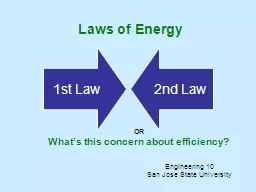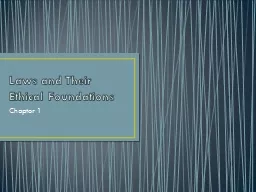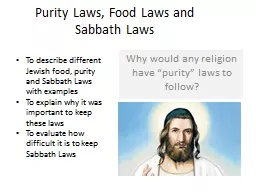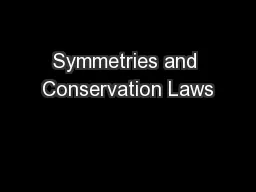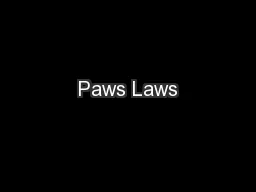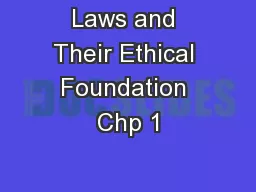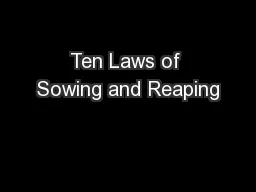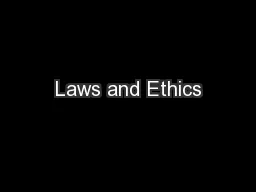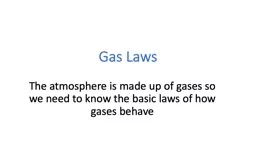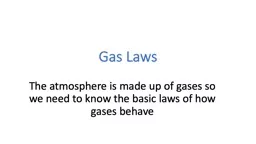PPT-Laws of Energy Engineering 10
Author : pamella-moone | Published Date : 2019-06-21
San Jose State University OR Whats this concern about efficiency c PHsu 2009 The rate of energy transformation or transmission ie power is related to the physical
Presentation Embed Code
Download Presentation
Download Presentation The PPT/PDF document "Laws of Energy Engineering 10" is the property of its rightful owner. Permission is granted to download and print the materials on this website for personal, non-commercial use only, and to display it on your personal computer provided you do not modify the materials and that you retain all copyright notices contained in the materials. By downloading content from our website, you accept the terms of this agreement.
Laws of Energy Engineering 10: Transcript
Download Rules Of Document
"Laws of Energy Engineering 10"The content belongs to its owner. You may download and print it for personal use, without modification, and keep all copyright notices. By downloading, you agree to these terms.
Related Documents

